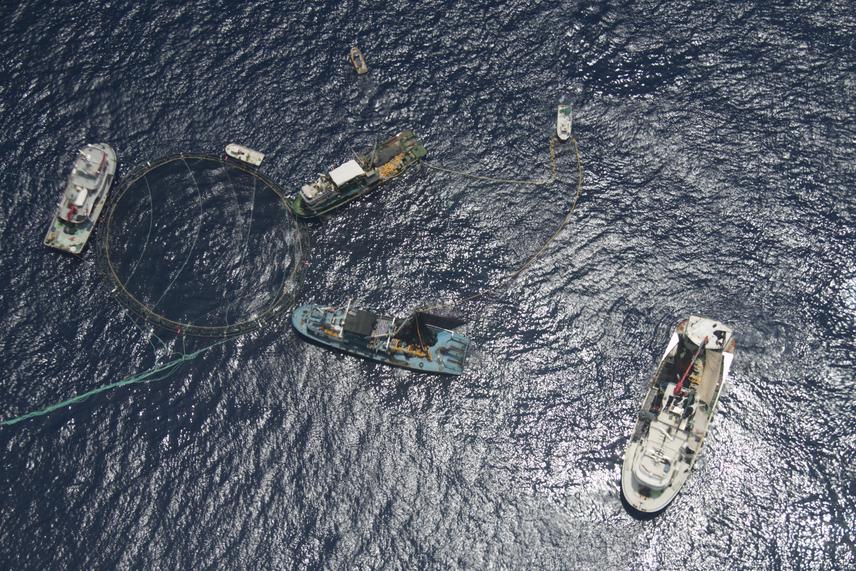Ismet Saygu
Atlantic bluefin tuna stocks have been declining due to overfishing and classed as endangered category under the IUCN red list. They breed in well-defined areas including northeastern Mediterranean where the large portion of the fishing happens. However, little is known about their migration behaviour after the spawning. We aim to understand the movements of bluefin tuna in the northeastern Mediterranean by using citizen science approach. This knowledge will let us produce effective conservation strategy against anthropogenic effects such as fishing and habitat loss. Additionally, we would like to raise awareness of local community for the conservation of this species.

The Atlantic bluefin tuna (BFT: Thunnus thynnus) has been of great economic value especially after the development of the Japanese sushi-sashimi market. This caused overfishing pressure on BFT stocks all over the world. Additionally, fishing strategy of BFT has also evolved towards capture-based aquaculture by way of catching, farming and fattening. Due to overfishing pressure, BFT is listed as Endangered in the IUCN red list. This slow growing, highly migratory large predator is conserved and managed by the International Commission for the Conservation of Atlantic Tunas (ICCAT) and separately managed as eastern and western stocks.
The eastern stock resides throughout the Mediterranean and eastern Atlantic and breed in well-defined areas in the Mediterranean including the northeastern Mediterranean between May and July. Their fishery depends on this spawning migration in the eastern Mediterranean, and fishery fleet operate from 25 May to 25 June (1 month) according to ICCAT rules during their spawning period. Small scale fishers also catch BFT in the region for a longer period each year as bycatch. There is obviously, however, a lack of information about residency and migratory behaviour of BFT which is important for the conservation and management of this highly migratory species. Until now, high quality tagging data were gathered by researchers. These data revealed that BFT has homing behaviour which means migrate to specific spawning areas. On the other hand, tagging experiments give controversial results about BFT’s behaviour after spawning. Whereas some of individuals stay around the spawning areas, others reveal complex migration patterns. Thus, better understanding of migration behaviour of BFT could be crucial for implementing effective conservation strategies benefiting for BFT’s future.
An important source of data is local fishers who subsist exploiting these stocks and have knowledge on their biology and migrations. Therefore, we would like to collaborate and tap in to local fisher’s knowledge on the spatial dynamics of BFT in the eastern Mediterranean. We aim to detect important area and times as conservation hotspots. This knowledge will let us produce effective conservation and management strategy against possible anthropogenic effects such as fishing, habitat loss, pollution, introduction of non-indigenous species and climate change. Another important contribution of our project will be that we will try to raise awareness of this ecologically unique species as well as filling an important gap on the management and conservation of BFT stocks during this collaboration.